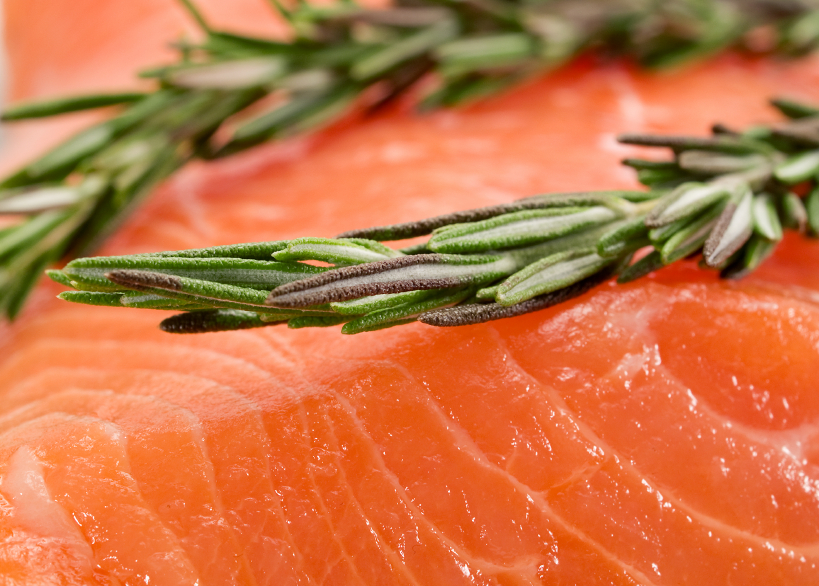How Omega-3 Works on White Cells to Reduce Inflammation
/
Researchers have identified the molecular mechanism that makes omega-3 fatty acids so effective in reducing chronic inflammation and insulin resistance.
Jerrold Olefsky, MD, and his team have identified a key receptor on macrophages found in body fat. Omega-3s activate this macrophage receptor, creating a broad anti-inflammatory effect and improved systemic insulin sensitivity.
Because obesity and diabetes are almost always interrelated, it’s important to understand how the science works in our bodies.
Macrophages: White Blood Cells on Cellular Garbage Patrol
Macrophages are specialized white blood cells that work to cleanup cellular devices and pathogens. As part of the immune system response, the macrophages secrete cytokines and other proteins that cause inflammation, as part of their debris destruction mission.
Obese fat tissues contain a lot of ‘garbage’, creating lots of macrophages producing lots of cytokines. The result is chronic inflammation and rising insulin resistance, leading to improperly regulated blood sugar levels and many health problems, including diabetes.
The Olefsky team narrowed their focus to a G-protein receptor called GPR120, a receptor found only on pro-inflammatory macrophages in mature fat cells. When turned off, GPR120 produces inflammatory effects. But when exposed to omega-3 fatty acids, specifically docosahexaenoic acid (DHA) and eicosapentaenoic acid (EPA), the GPR120 receptor is activated and generates a strong anti-inflammatory effect. via Science Daily
Dr. Olefsky says that the omega-3 response is remarkable but more research is required. Too much omega-3 in one’s diet can lead to stroke and an increased risk of bleeding.
Sources of Omega-3
The average woman falls short on getting adequate omega-3 in her diet. As a result, she needs to make a daily commitment to increase food sources. The richest sources of omega-3 are cold-water fish like mackerel, tuna, salmon, sturgeon, sardines and herring.
Cold-water varieties of fish contain the highest amount of omega-3 fatty acids. In order for you to reap the powerful health benefits from omega-3 fats, the American Heart Association recommends most healthy women consume 2 meals of fish every week (about 6 ounces total).
Other sources of omega-3 include leafy green vegetables, veetable oils with a premium placed on flaxseed, canola and soybean oils.
Nuts, with a particular emphasis on walnuts.
It’s generally difficult to gain weight eating omega-3s but watch the nuts.





























